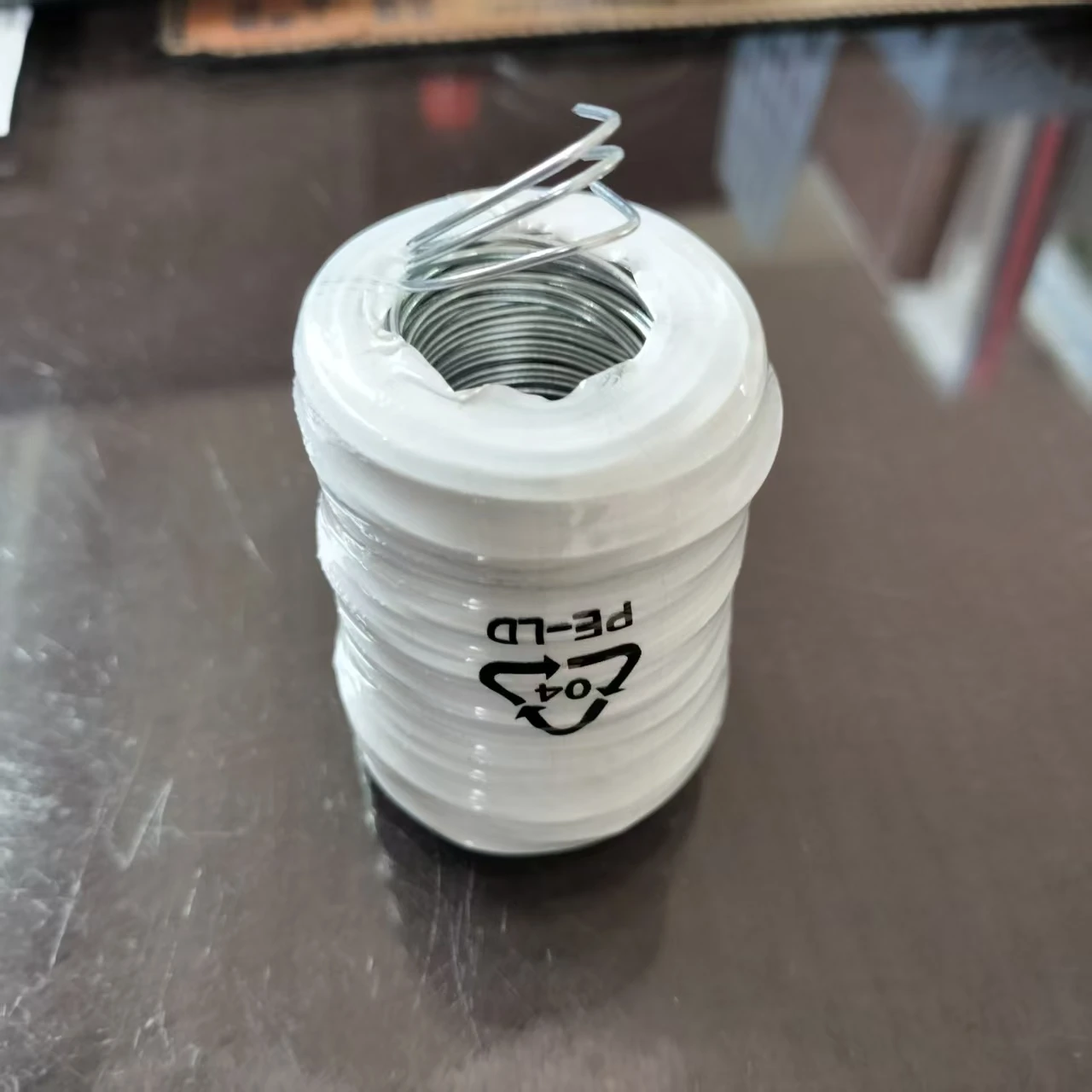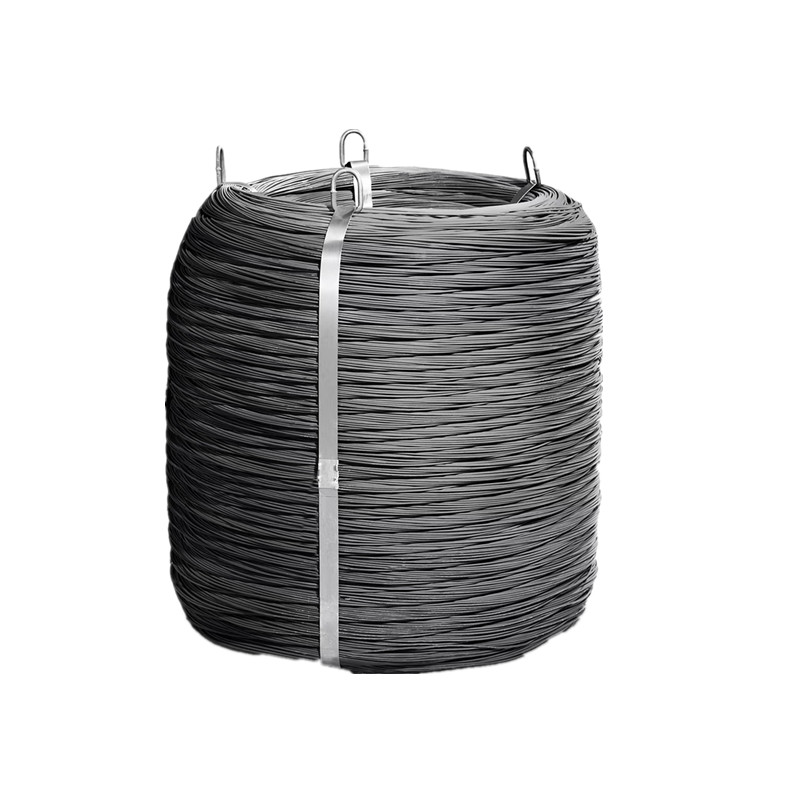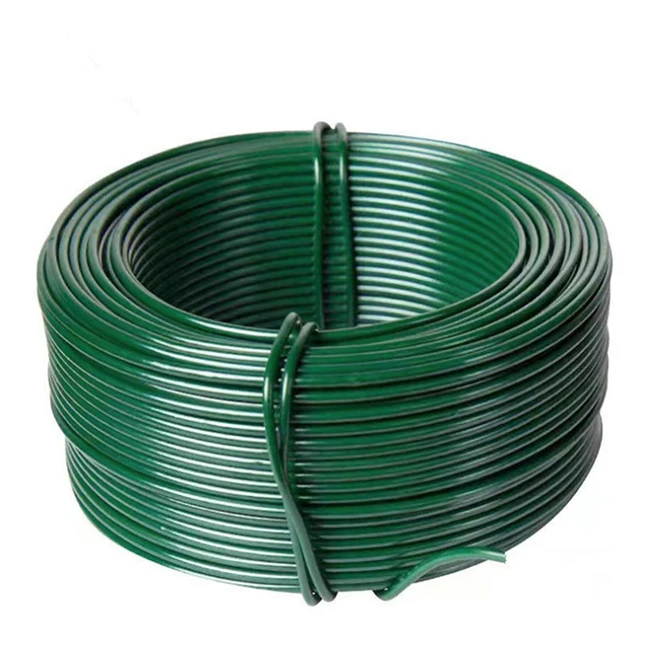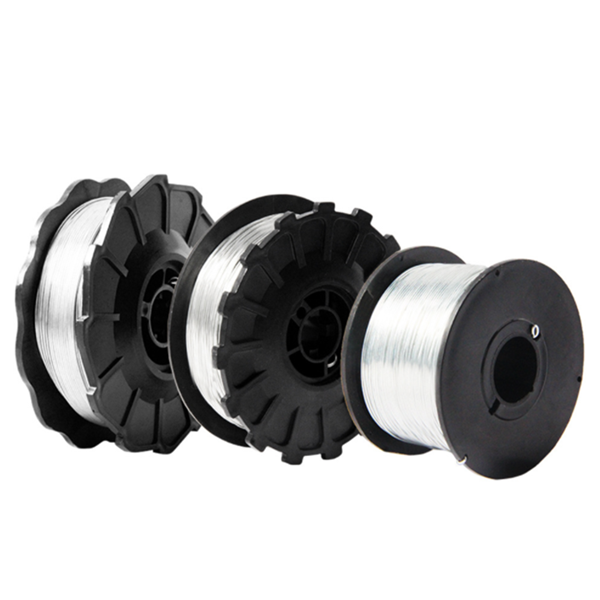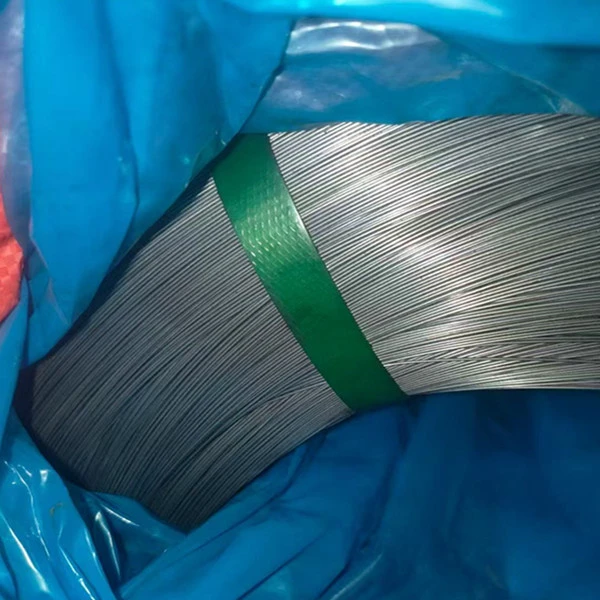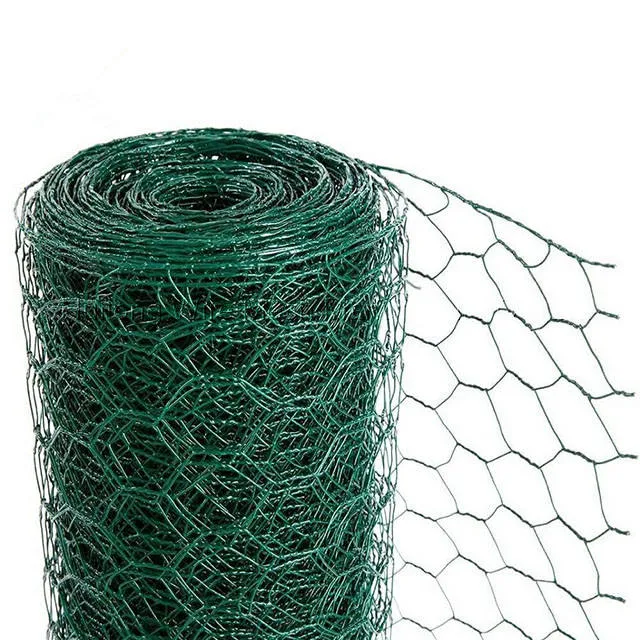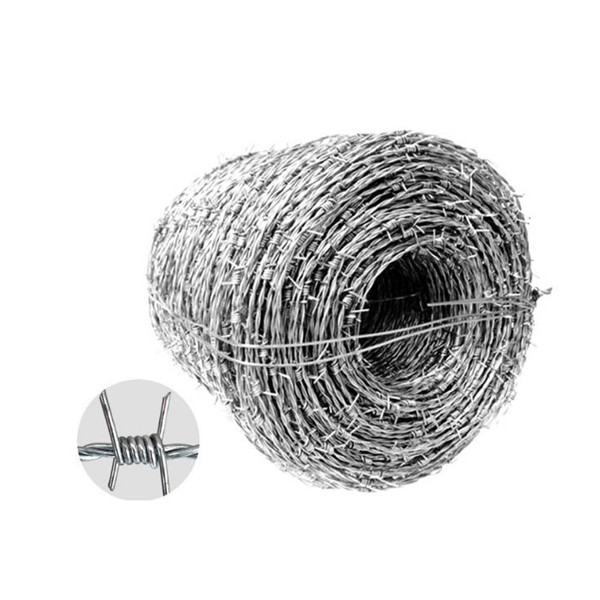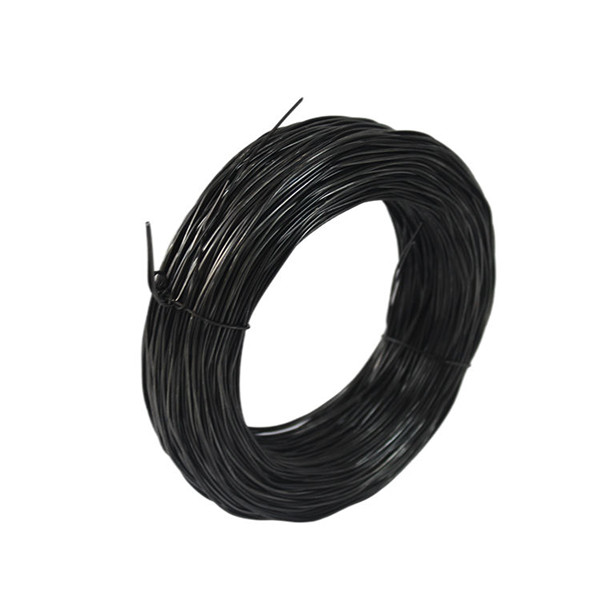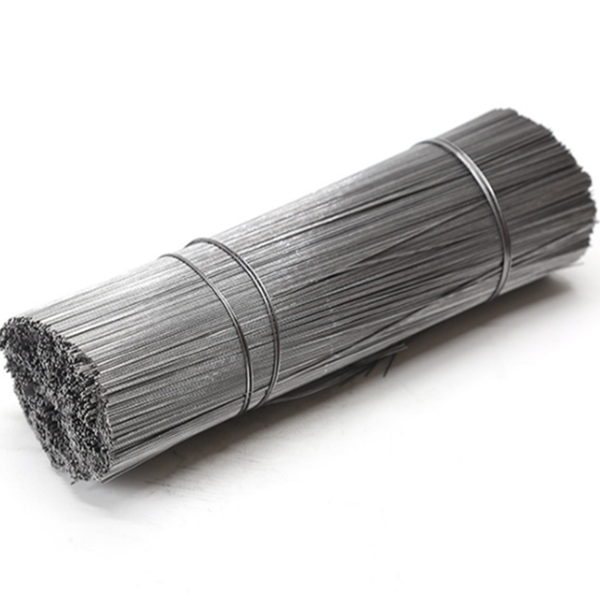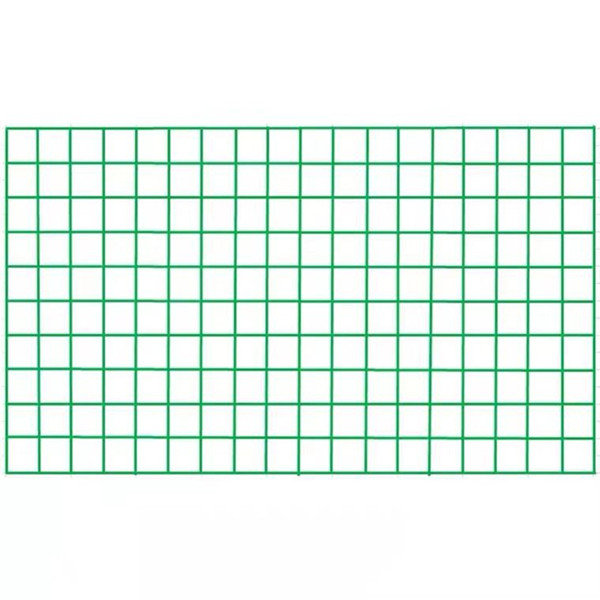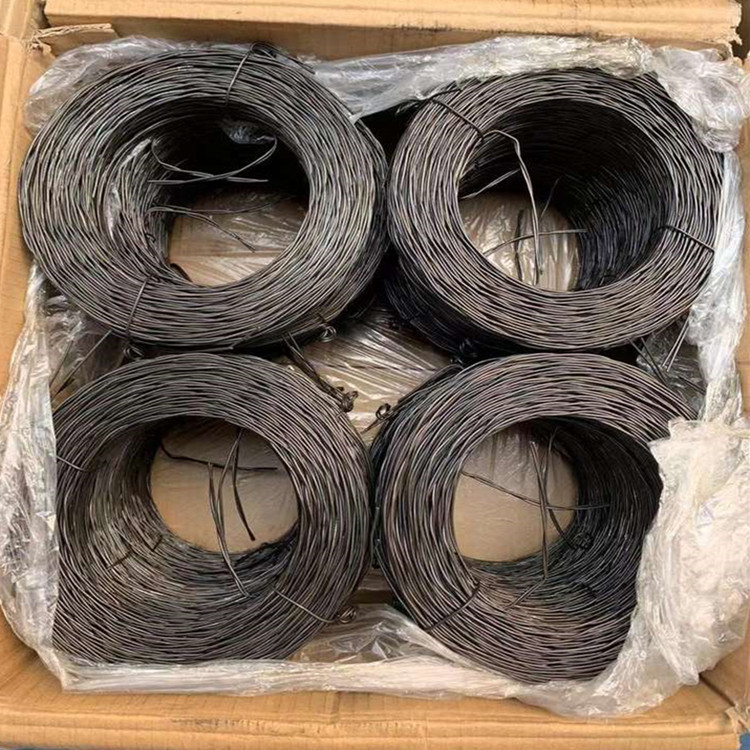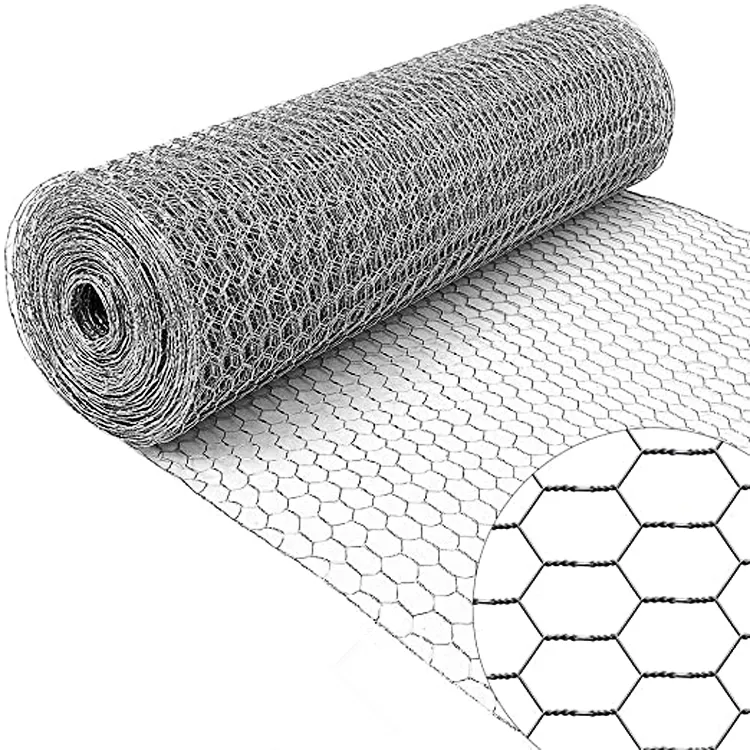The Pivotal Role of High-Security Barricades in Modern Infrastructure
In an era where security threats are increasingly sophisticated, the demand for robust perimeter defense solutions has never been higher. Among the most effective and widely deployed measures is the blade barbed wire system. This advanced form of security fencing, often referred to as razor wire or concertina wire, offers unparalleled deterrence and physical obstruction against unauthorized entry. Designed for critical infrastructure, industrial complexes, and high-security installations, its formidable structure and sharp blades present a significant challenge to intruders, safeguarding assets and personnel.
Our focus delves into the technical intricacies, application versatility, and strategic advantages of these sophisticated security barriers, providing B2B decision-makers and engineering professionals with comprehensive insights into their deployment and long-term value.
Industry Trends in Perimeter Security Solutions
The security landscape is continuously evolving, driving innovation in physical perimeter protection. Key trends indicate a move towards integrated security systems that combine physical barriers like blade barbed wire with electronic surveillance and access control. There is a growing emphasis on materials science, particularly in developing corrosion-resistant alloys for extended service life in harsh environments, such as stainless steel razor wire for coastal or industrial areas.
Furthermore, the market is witnessing increased demand for customizable solutions, including various types of razor wire rolls, concertina coils, and flat razor wire fence configurations, to meet specific site requirements. The integration of razor wire with existing fences, such as chain link fence razor wire, and the development of electrified razor wire systems are becoming standard, providing multi-layered deterrence against intrusion and vandalism. The focus remains on achieving maximum security efficacy with minimal maintenance over the product's lifespan.
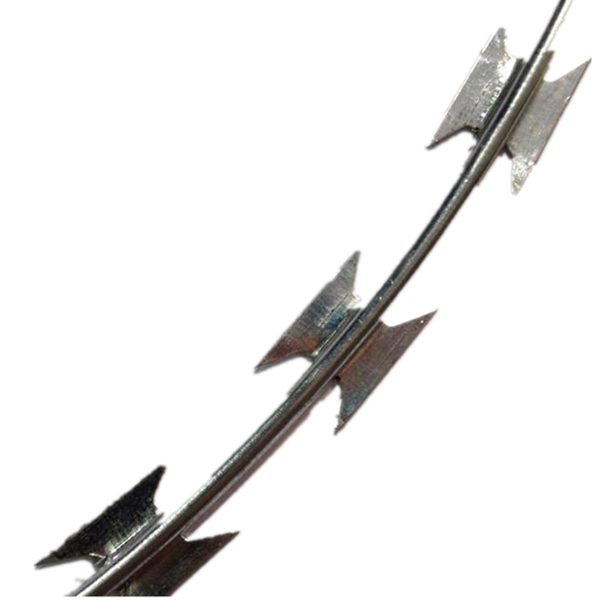
Fig 1: Concertina Razor Ribbon Barbed Wire for High-Security Perimeters.
Manufacturing Process of High-Tensile Security Wire
The production of high-grade blade barbed wire is a precise multi-stage process, ensuring maximum durability and security performance. Understanding this process is crucial for assessing product quality and longevity.
- Material Selection: The foundation of robust razor wire is high-quality steel. Typically, high-carbon steel wire (often galvanized steel for enhanced corrosion resistance, or stainless steel for extreme environments) is chosen for its superior tensile strength. The metal sheets for the blades are also pre-selected, often hot-dipped galvanized steel or stainless steel, to ensure longevity.
- Blade Stamping and Forming: Precision CNC machining equipment is used to stamp out the razor blades from large sheets of steel. This process ensures consistent blade profiles (e.g., BTO-22, CBT-60, CBT-65), sharpness, and uniform spacing, critical for effective deterrence. The specific blade design, such as razor type barbed wire or razor blade fencing wire, is determined at this stage.
- Wire Core Preparation: The core wire, usually 2.5mm or 2.8mm high-tensile galvanized wire, undergoes rigorous testing for tensile strength and ductility, meeting standards like ASTM A641 or EN 10244. This ensures the wire can withstand significant force without snapping.
- Blade Attachment/Crimping: The pre-stamped razor blades are then mechanically crimped onto the core wire. This ensures a secure, non-slip attachment, forming a continuous strand of razor tape. For concertina coils, multiple strands are then clipped together to form the characteristic spirals.
- Coiling and Assembly: The finished razor wire strands are then machine-coiled into various configurations, such as single coil razor wire or cross type razor blade wire, to form concertina coils or flat wrap razor wire. These coils are typically secured with heavy-duty clips at regular intervals to maintain their shape and increase their structural integrity when deployed as a concertina fence or razor wire mesh fence.
- Quality Control & Testing: Throughout the process, stringent quality control measures are implemented. This includes visual inspection for blade sharpness and consistency, dimensional checks (coil diameter, blade dimensions), and destructive testing for tensile strength and corrosion resistance. Products adhere to international standards like ISO 9001 for manufacturing quality and relevant ANSI standards for material specifications.
- Packaging: Finished razor wire products are then securely packaged, often in moisture-resistant materials, ready for shipping.
The estimated service life of galvanized razor wire typically ranges from 7-15 years, while stainless steel variants can exceed 20 years, depending on environmental conditions. Target industries include petrochemical, metallurgy, power generation, water supply & drainage, and defense, where corrosion resistance and long-term durability translate directly to energy saving in terms of reduced maintenance and replacement cycles.
Technical Specifications and Product Variants
The effectiveness of blade barbed wire hinges on its precise technical specifications. Different blade profiles and coil configurations are engineered for specific security requirements.

Fig 2: Cross-Type Razor Blade Wire for Enhanced Deterrence.
Common Razor Wire Blade Types and Specifications
| Blade Type | Blade Length (mm) | Blade Width (mm) | Blade Spacing (mm) | Core Wire Dia. (mm) | Material Thickness (mm) |
|---|---|---|---|---|---|
| BTO-10 | 10 | 13 | 20 | 2.5 | 0.5 |
| BTO-22 | 22 | 15 | 34 | 2.5 | 0.5 |
| CBT-60 | 60 | 20 | 100 | 2.8 | 0.6 |
| CBT-65 | 65 | 21 | 100 | 2.8 | 0.6 |
Razor Wire Coil Configurations
- Concertina Coil (Cross Type): Multiple loops are clipped together to form a robust cylinder, offering maximum physical barrier. Standard diameters range from 450mm to 980mm, with extension lengths varying significantly based on deployment density. This is ideal for razor wire fence applications.
- Single Coil Razor Wire: Unclipped loops form a simpler, more linear barrier. Easier to deploy but offers less structural integrity than cross-type.
- Flat Wrap Razor Wire: A coiled formation designed to lie flat against a wall or existing fence, minimizing protrusion while maintaining high security. Often used as a razor mesh or diamond razor mesh fence.
- Razor Mesh Panels: Fabricated into panels, similar to welded mesh, for rigid fence structures, providing a permanent and highly secure barrier known as a diamond razor fence or razor blade fence.
Application Scenarios and Strategic Deployment
The versatility of blade barbed wire allows for its deployment across a broad spectrum of high-security environments. Its intimidating appearance and physical deterrent capabilities make it a preferred choice for critical asset protection.

Fig 3: Robust Cross-Type Razor Barbed Wire in a perimeter application.
- Military & Defense Installations: Providing ultimate perimeter security for bases, ammunition depots, and strategic sites. The rapid deployment capabilities of concertina razor blade wire are particularly valuable.
- Correctional Facilities & Prisons: Essential for preventing escapes and external breaches, often installed as razor wire on top of fence structures.
- Border Security: Critical for defining and securing national borders, often deployed as extensive concertina coil or razor fence systems.
- Industrial Complexes: Protecting valuable assets in petrochemical plants, power stations, manufacturing facilities, and warehouses from theft and sabotage.
- Utility Infrastructure: Securing water treatment plants, electrical substations, and telecommunication hubs, where uninterrupted operation is paramount.
- Commercial & Residential High-Security: For properties requiring enhanced protection, such as data centers, luxury estates, and critical research facilities. Razor wire home security applications are also emerging.
Deployment typically involves integrating the razor wire with existing structures, for example, as a fence with razor wire, or as a standalone razor barbed wire fence. The choice of coil diameter, blade type, and material (e.g., galvanized vs. stainless steel razor wire) is determined by the specific threat assessment and environmental conditions.
Technical Advantages and Long-Term Value
The adoption of advanced blade barbed wire systems offers significant technical and operational advantages for B2B security implementation.
- Superior Deterrence: The mere presence of razor wire acts as a strong visual and psychological deterrent, signaling a high-security area and discouraging attempted breaches. The sharp, piercing blades of the razor cord are designed to cause severe injury, making passage exceptionally difficult.
- Exceptional Anti-Climb Properties: Unlike traditional barbed wire and security spikes, the closely spaced, upward-pointing blades of razor barbed wire make it nearly impossible to climb over without specialized tools and significant risk of injury.
- Corrosion Resistance & Longevity: High-quality galvanized razor wire and stainless steel variants provide excellent resistance to rust and environmental degradation. This significantly extends the product's service life, reducing the frequency and cost of replacement and maintenance.
- Cost-Effectiveness: While the initial investment might be higher than standard barbed wire, the extended lifespan, minimal maintenance requirements, and superior security performance of razor barbed wire fence solutions offer a lower total cost of ownership over the long term. This provides a strong return on investment in security infrastructure.
- Versatility in Deployment: Available in various forms—from concertina razor wire and flat wrap to razor mesh panels—it can be integrated into diverse existing fence types (e.g., chain link fence razor wire) or deployed as standalone barriers.
- Robust Physical Barrier: The high tensile strength core wire prevents easy cutting, requiring specialized heavy-duty tools, which buys critical response time for security personnel.
These advantages collectively contribute to a robust, reliable, and economically viable perimeter security solution, essential for protecting critical assets and ensuring operational continuity.
Vendor Comparison: Key Differentiators in Razor Wire Procurement
Selecting the right vendor for your blade barbed wire needs is critical. Factors beyond initial razor wire price or concertina wire price significantly influence the long-term effectiveness and cost of your security infrastructure. A robust vendor comparison considers product quality, manufacturing certifications, customization capabilities, and after-sales support.
Comparative Analysis Framework for Razor Wire Suppliers
| Criterion | Leading Manufacturer (e.g., Lanye Wire Mesh) | Standard Supplier |
|---|---|---|
| Material Certifications | ISO 9001, ASTM A641, EN 10244 for core wire and blade material. Traceable raw materials. | Basic material reports, sometimes lacking full traceability. |
| Manufacturing Precision | Automated CNC stamping, consistent blade length/width/spacing (e.g., +/- 0.5mm). Uniform galvanization. | Manual or semi-automated processes, potential for inconsistent blade profiles or galvanization. |
| Customization Capabilities | Offers bespoke blade profiles (e.g., diamond razor wire), coil diameters, materials (stainless steel, PVC coated), and integration accessories. | Limited to standard BTO/CBT blade types and common coil sizes. |
| Durability & Service Life | Enhanced corrosion resistance (e.g., triple zinc coating, high-grade stainless), tested for 10-20+ years service. | Standard galvanization (5-7 years life), prone to premature rust in harsh conditions. |
| After-Sales Support | Technical consultation, installation guidance, comprehensive warranty, quick resolution for issues. | Minimal support, warranty limited. |
| Lead Time Reliability | Established production capacity, clear lead time commitments, expedited options for urgent orders. | Variable lead times, potential for delays due to limited capacity. |
Prioritizing vendors with proven track records, comprehensive quality assurances, and responsive support ensures that your investment in security razor wire fencing is both effective and sustainable.
Customized Solutions for Specialized Security Requirements
Off-the-shelf security solutions may not always address the unique challenges presented by diverse operational environments. Leading manufacturers provide bespoke blade barbed wire configurations, tailored to specific threat profiles, environmental factors, and integration needs.
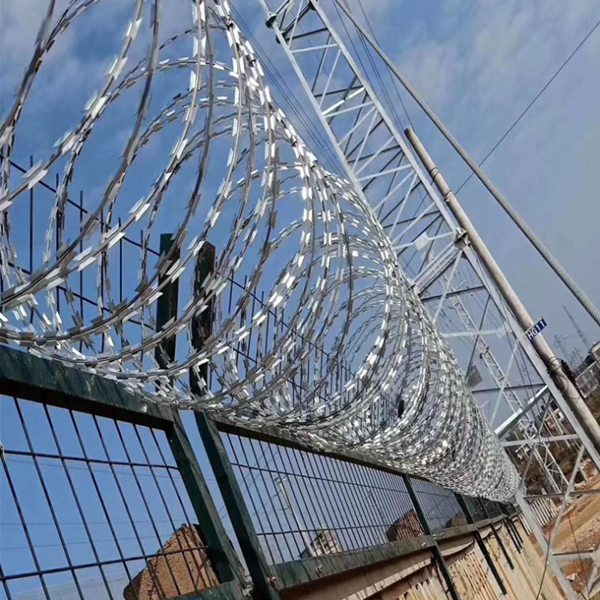
Fig 4: Customized Blade Fencing integrated with existing security infrastructure.
Customization options include:
- Material Specification: Beyond standard galvanized, options like marine-grade 316 stainless steel razor wire for highly corrosive coastal areas, or PVC-coated wire for specific aesthetic or environmental requirements.
- Blade Profile & Density: Engineering specific blade lengths, widths, and spacing (e.g., a custom CBT 65 razor wire variant) to optimize deterrence against particular intrusion methods.
- Coil Diameter & Extension Length: Adapting concertina coil razor wire dimensions to fit existing fence heights, wall mounts, or required standoff distances, balancing security coverage with site constraints.
- Integrated Systems: Designing razor wire mesh or razor blade fencing to seamlessly integrate with electronic security systems, including electric fence with razor wire, or mounting directly onto existing structures for maximum security.
- Deployment Accessories: Providing custom brackets, extension arms, and installation tools for efficient and secure setup, crucial for projects involving extensive fence with razor wire applications.
These tailored solutions ensure that security investments are precisely aligned with risk assessments, maximizing effectiveness while optimizing resource allocation for buying razor wire and subsequent installation.
Application Case Studies: Proving Security Effectiveness
Real-world applications underscore the effectiveness and reliability of high-quality razor wire solutions. Here are examples of how robust perimeter security has been achieved:
Case Study 1: Petrochemical Refinery Perimeter Upgrade
A major petrochemical refinery in a coastal region faced challenges with corrosion of existing fence infrastructure and persistent unauthorized access attempts. Our solution involved replacing standard barbed wire and sections of chain link fence with razor wire, utilizing double razor wire concertina coils made from 316L stainless steel. The custom razor coil, with a 900mm diameter and CBT-65 blades, was installed on top of a 2.4m security fence. This provided exceptional corrosion resistance against saltwater spray and industrial emissions, significantly extended the fence's service life, and eliminated multiple previous breach attempts within the first year of installation. The project's success demonstrated the superior resilience and deterrent capabilities of stainless steel razor wire in harsh environments.
Case Study 2: Border Crossing Point Enhancement
A governmental agency responsible for a high-traffic border crossing required an immediate upgrade to their perimeter security to manage increased unauthorized crossings. We supplied and assisted with the rapid deployment of galvanized cross-type concertina razor wire with BTO-22 blades. Over 5,000 meters of 730mm diameter coils were installed quickly along critical sections. The robust construction and sharp blades created an immediate, formidable barrier, drastically reducing illegal crossings at the fortified points. This project highlighted the efficiency of installing razor wire and the inherent strength of the concertina razor wire design.
Case Study 3: Data Center Security Reinforcement
A new tier-3 data center required an uncompromising perimeter to protect sensitive data and equipment. The client opted for a multi-layered security approach, which included a primary anti-climb razor mesh fence combined with flat razor wire fence installed at strategic points along the inner perimeter. The diamond razor mesh fence provided a rigid, difficult-to-breach wall, while the flat wrap razor wire offered a discreet yet effective deterrent without significant outward protrusion, meeting both security and aesthetic requirements. This comprehensive solution achieved a "zero breach" record since commissioning, validating the integrated approach to data center security.
Ensuring Trust: FAQs, Lead Times, Warranty, and Support
Frequently Asked Questions (FAQs)
- Q: What is the primary difference between barbed wire and razor wire?
A: Traditional barbed wire uses sharp barbs twisted into wire strands, primarily as a psychological deterrent. Blade barbed wire (razor wire) features stamped metal blades with piercing and gripping action, offering a significantly higher level of physical deterrent and obstruction. - Q: How do I choose the correct razor wire coil diameter?
A: Coil diameter depends on the desired level of security and the existing fence/wall height. Larger diameters (e.g., 730mm, 980mm) provide greater physical obstruction and are suitable for high-security applications. Consult with our specialists for site-specific recommendations. - Q: Is stainless steel razor wire worth the extra cost?
A: For corrosive environments (coastal, industrial, chemical plants) or applications requiring an extended service life (20+ years) with minimal maintenance, stainless steel razor wire is a highly cost-effective long-term investment, justifying the higher initial razor wire price. - Q: Can razor wire be electrified?
A: Yes, certain razor wire systems can be integrated with electric fence systems to create an electrified razor wire barrier, providing an additional layer of deterrent and alarm capability. This requires specialized installation and compliance with safety regulations. - Q: What is the typical lead time for large orders?
A: Lead times vary based on product type, customization, and order volume. For standard products, typical lead times range from 2-4 weeks. Customized or large-volume orders may require 4-8 weeks. We provide clear, committed lead times at the quotation stage.
Lead Time & Fulfillment Details
We maintain efficient manufacturing processes and robust supply chain management to ensure timely delivery. Standard products are typically dispatched within 10-20 business days. For urgent requirements, expedited production and shipping options are available upon request. All orders are carefully packaged to prevent damage during transit, minimizing issues during installing razor wire onsite.
Warranty Commitments
Our blade barbed wire products are backed by comprehensive warranties against manufacturing defects and premature corrosion (for galvanized and stainless steel variants), typically ranging from 5 to 15 years, depending on the material and specific product. Full warranty details are provided with each quotation.
Customer Support Information
Our team of security specialists and technical engineers is available to assist with product selection, technical specifications, installation guidance, and any after-sales queries. We offer expert consultation to ensure you purchase razor wire solutions that precisely meet your operational security needs.
Contact us via: [Your Company Email/Phone] or visit our website for more information on razor wire price, buy razor wire, and razor wire fence price.
Conclusion
The strategic deployment of high-quality blade barbed wire represents a cornerstone of effective perimeter security in today's complex threat environment. Its robust physical deterrence, coupled with advancements in material science and manufacturing precision, ensures long-term asset protection across a myriad of critical industries. By prioritizing expert design, certified manufacturing, and responsive support, organizations can implement security solutions that are not only formidable but also deliver exceptional value and peace of mind.
References
- ASTM International. (2020). ASTM A641/A641M - 20 Standard Specification for Zinc–Coated (Galvanized) Carbon Steel Wire. ASTM International.
- ISO. (2015). ISO 9001:2015 Quality management systems – Requirements. International Organization for Standardization.
- European Committee for Standardization. (2012). EN 10244-2:2012 Steel wire and wire products — Non-ferrous metallic coatings on steel wire — Part 2: Zinc or zinc alloy coatings. CEN.





